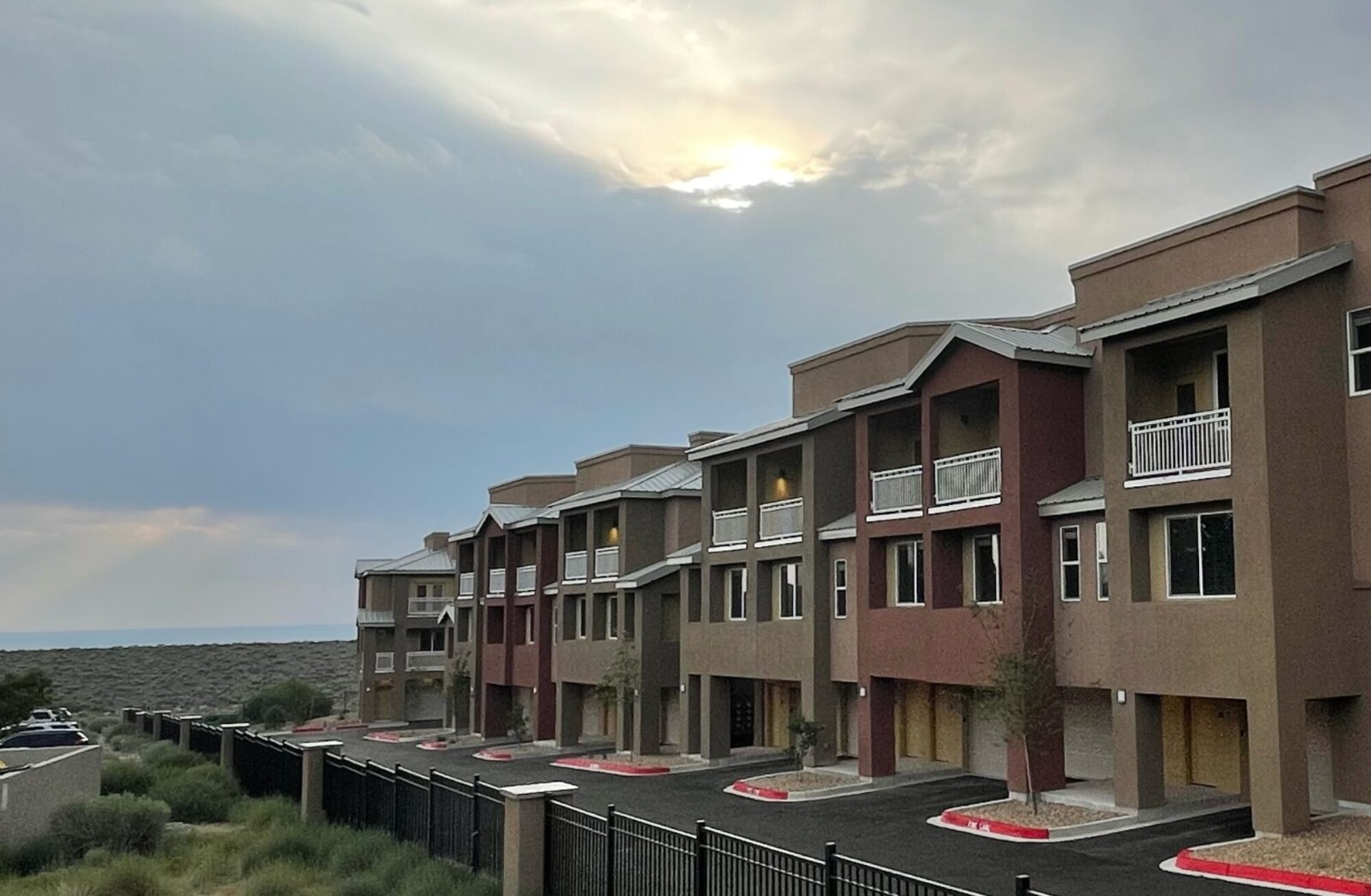The Anti-Donation Clause and Housing
The New Mexico State Constitution has been amended 178 times, including an amendment passed by voters in 2002 which allows, “donating or otherwise providing or paying a portion of the costs of land for the construction on it of affordable housing.” The Affordable Housing Act, passed in 2004, implemented the amendment, making it abundantly clear that state and local governments may “donate, provide or pay all, or a portion, of the costs of land for the construction on the land of affordable housing.” Yet, many in the state, including elected leaders and staff, believe that land cannot be donated to private entities to build affordable housing. Click here are the facts.
Cost Burden: Not the Best Way to Measure the Need for Affordable Housing
Across the country, consultants and local governments will take old American Community Survey (ACS) data, calculate the number of households reporting that they spend some amount more than 30% of their gross, pre-tax monthly income on housing costs. The number is usually large, and then the consultants and politicians begin citing the number is “the number of units we need.” Generally, that number dwarfs historical production for all housing production, for all housing types, rents, and prices, in the jurisdiction. And at total development costs per unit ranging from $250,000 per unit in Albuquerque and as much as $1 million in California, the cost for building enough units to match the cost burden number is at best unrealistic and at worst absurd. Learn more about why we shouldn’t use cost burden and about some other ideas.
Cost Burden Should Not Define Housing Policy
Housing Scarcity: Better Measures Can Mean Better Decisions
Necessary but Not Sufficient: Making Local Land Uses Changes Count
There has been an upswing of activity by people from the “YIMBY” movement, a name that turns NIMBY, Not In My Back Yard, into a positive statement for new housing development: Yes In My Back Yard! These groups have motivated state and local officials to pass measures across the country. In Austin, for example, activists worked really hard to pass legislation to allow for as many as three units to be built on what is now zoned as single-family. A big achievement, right? But a closer look shows that while the change creates an opportunity, the truth is the all the other rules will make it next to impossible for the new law to change much. The best thing to do is end zoning as we know it.
Austin Zoning Changes: Necessary But Not Sufficient To Increase Housing Supply
Zoning is 20th Century Solution for a 19th Century Problem. Let’s End It
Video: This was supposed to fix the housing crisis . . .

